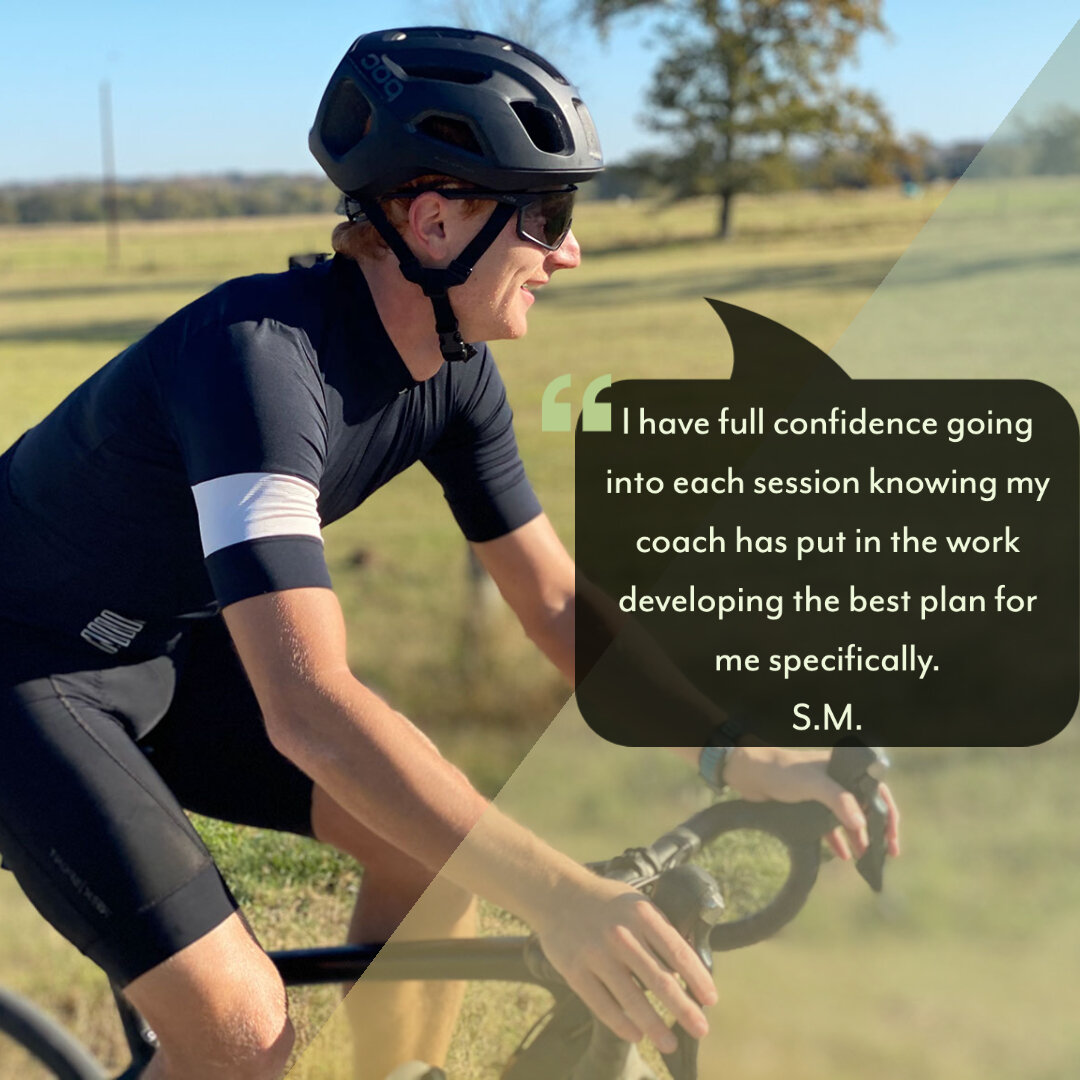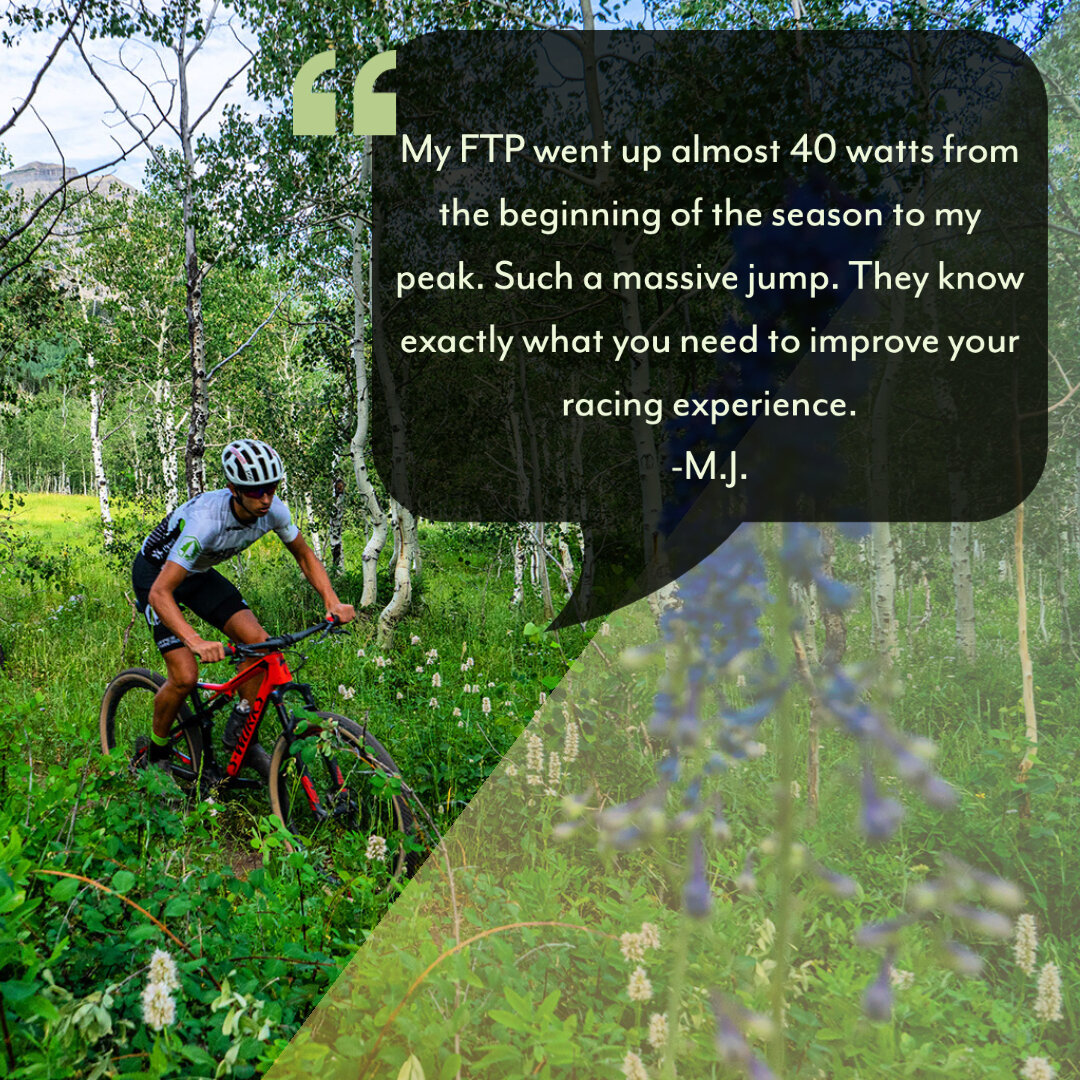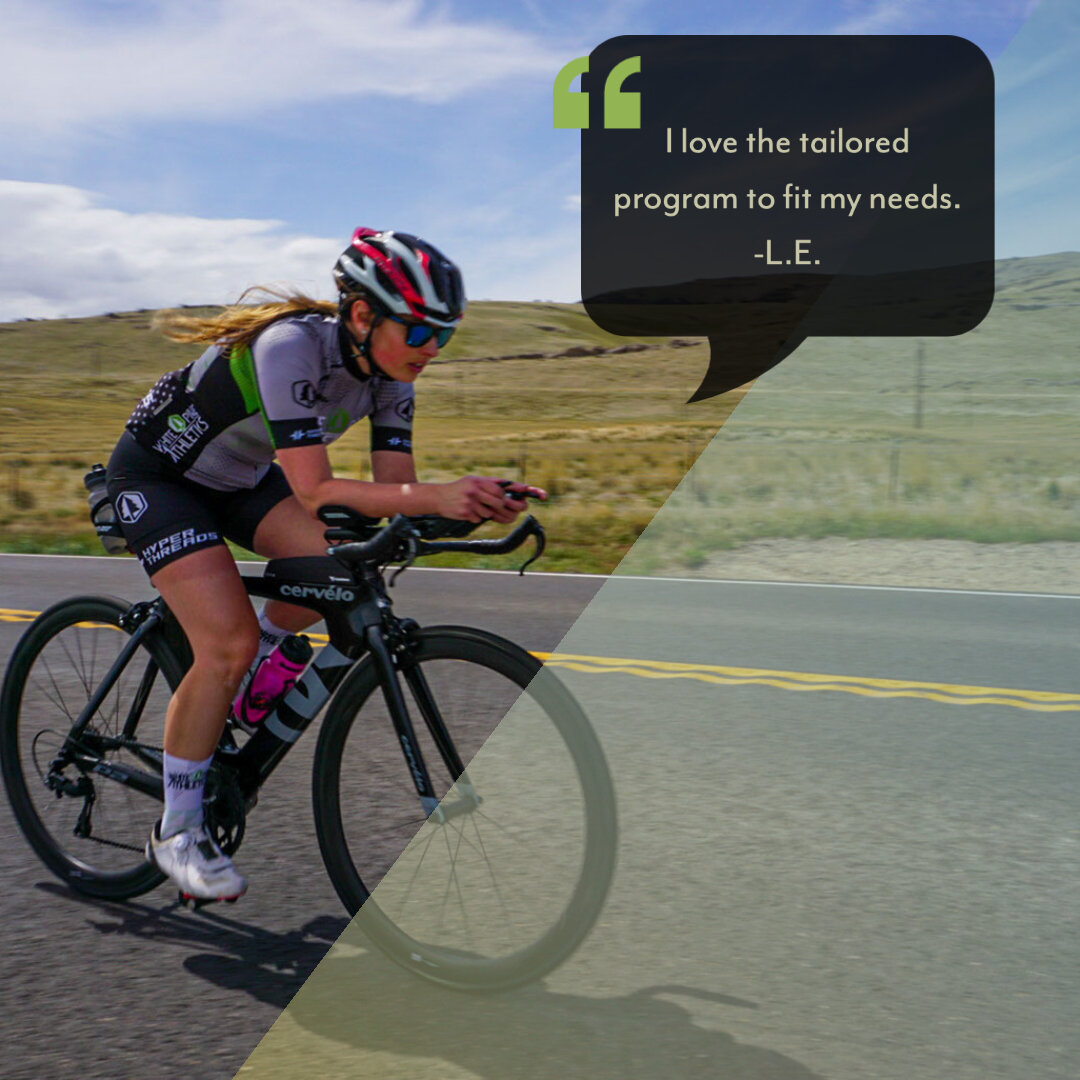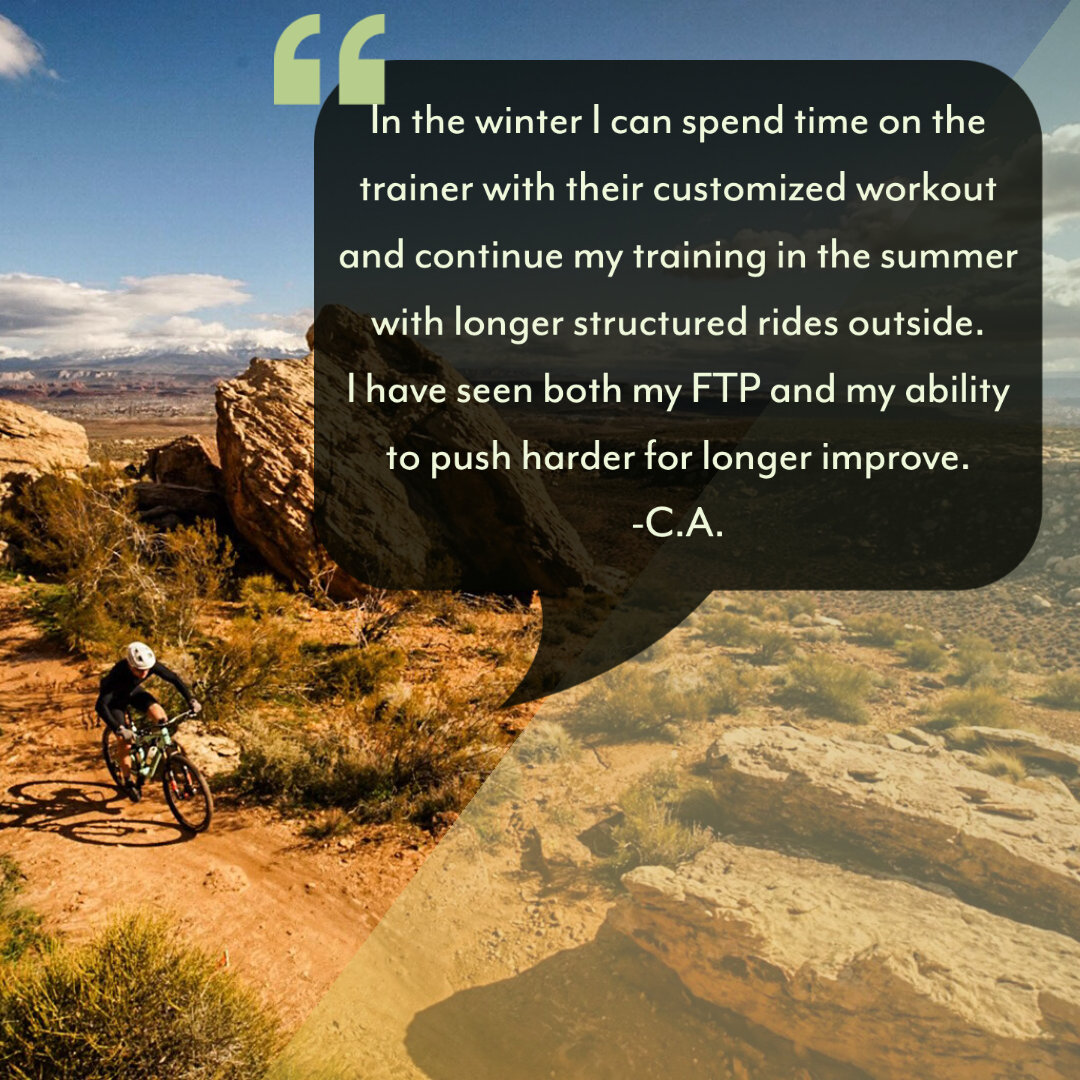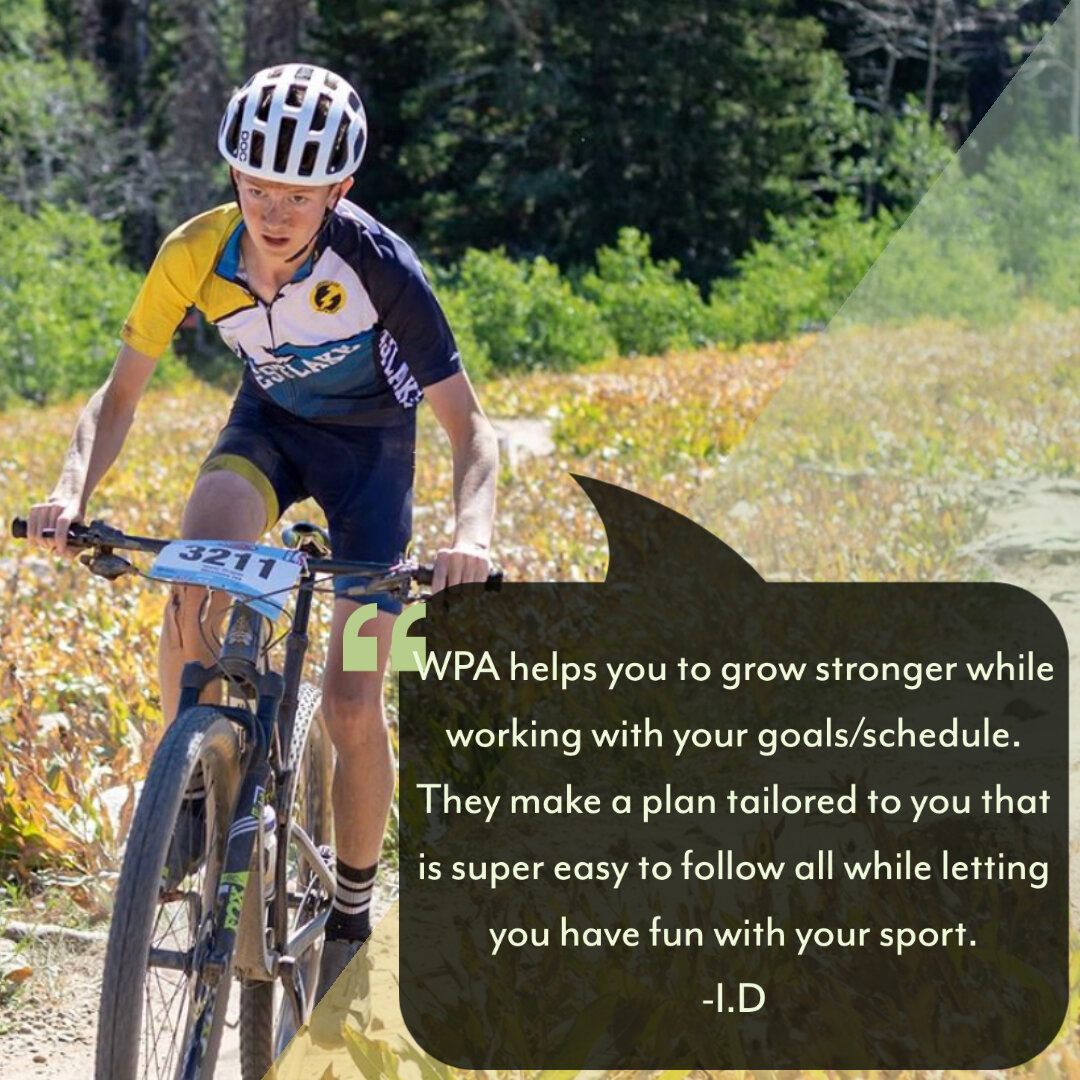by Coach Kyle
The winter season is often a time for athletes to reflect on the previous season’s training and performance, and begin to lay the framework for the coming season. One crucial component to that framework is conducting a thoughtful analysis of past performances, and to create a clear and specific set of goals in an effort to create a roadmap of tasks and processes to follow for the coming season. The process of goal setting is nothing new, but can often be misused. This guide will assist you in the process of setting actionable and attainable goals for your 2022 season and beyond.
Set Realistic and Specific Goals
Before considering any other aspect of this process, I encourage my athletes to take their time and layout a framework of goals, being especially careful to discern between dreams and realistic goals. Don’t get me wrong, I’m not saying that your dreams aren’t realistic, or are unachievable. Athletes often thrive with big, hairy, audacious goals (BHAGs). But they can also lead to extreme frustration when not achieved quickly. Start by setting realistic, and specific goals, that follow the SMART outline: Specific. Measurable. Achievable. Relevant. Time-bound.
As a coach, I often see athletes fall into the trap of creating very vague goals. Common examples: I want to get faster. I need to get better at running, swimming, biking, etc. I want to go pro, or I want to go to the Olympics. While these are all great starting points, I would encourage these athletes to dive a bit deeper, and consider a way to make these more actionable, more measurable, and more specific.
Create Short-term, Baby Step Goals
I mentioned above that BHAGs are often extremely motivating for athletes, but can often lead to frustration or burnout if not achieved quickly. With this in mind, I feel it’s important to create a set of short-term, “baby step” goals. Goals that are stepping stones towards your ultimate goal, but that can be achieved throughout the course of a single season, or even within a single training cycle.
Let’s revisit the goal of competing in the Olympics. That is without a doubt, a scary and intimidating goal. And, depending on the year, could be as far out as four years away. Where do you even start when creating a training pathway for a goal this huge? It can be overwhelming to try and plan that far out, not to mention training day in, and day out, for a goal that is four years away can drive even the most level-headed athlete crazy. You can alleviate this stress by breaking this ultimate goal down into a series of seasonal goals, that when pieced together, create your path to the Olympics.
Assess Your Strengths and Weaknesses
Now that you have broken your goal down into bite-sized chunks, it’s time to build a plan on how you’re going to achieve those micro goals. The easiest way to begin this process is to determine your strengths and weakness. Or, what I like to refer to as strengths and limiters. Some of this you might already know based on preferred riding style, or standout results in past races. Maybe your greatest limiter is your pack riding skills. Maybe it’s your ability, or lack thereof, to ride for long durations at tempo power. Whatever the case may be, you need to look at all facets of your riding to develop a true analysis of your strengths and limiters. I often observe that enlisting the help of a coach makes this process far more effective. Your coach can objectively sift through weeks, months, and years worth of data to gain a more impartial view of your limiters and help to create a plan moving forward to build on those limiters.
I also stress the importance of analyzing your strengths and limiters as wholistically as possible. Don’t focus too deeply on typical performance-related metrics, such as power or various energy systems. But rather, look at the entirety of sport performance variables, from lifestyle to skills. Things like nutrition, work/life balance, skills, durability, and psychology are all incredibly relevant variable to consider when assessing your strengths and limiters.
Plan, Commit, Measure
You’ve created goals, both long and short-term. You’ve assessed your strengths and your limiters. Now, it’s time to put a plan together, commit to seeing it through, and measure to determine progress.
Creating a plan, however, is so much more than plotting workouts on a calendar. It’s taking the information you gleaned from the strengths/limiters analysis and building a plan of attack to slowly develop those limiters into strengths, while maintaining or building upon existing strengths. This often requires a healthy understanding of physiology, at least a basic understanding of the body’s various energy systems, knowledge of the principles of periodization, and an objective view of your response to training. This is where a lot of athletes can get a bit lost, or worst case, where the road to injury or overtraining can begin. This again, is where I would advise consulting with a coach. Planning and performance management is no small task, and can add a great deal of stress to the self-coached athlete. Instead, work with your coach to build a plan around your schedule, your race calendar, your goals, and your unique needs as an athlete.
Then, once a plan is in place, commit to it, and follow it through. Intentions are great, actions are what matters. Every action, every step, pedal stroke, pound lifted, are all steps towards achieving your goals- big or small, they start with the taking the first step. They are achieved by following through, and constantly tracking and measuring whether you’re on track or not.
Reevaluate and Adjust if Needed
One mantra that I try to instill in each of my athletes throughout the year is that progress isn’t linear and nothing is written in stone. I always encourage athletes to trust the process and put in the work. But, sometimes the process needs to change. Through constant evaluation, testing, and being cognizant of how your body is reacting to training stress, you might find that some tweaks might be needed to achieve the adaptation you’re striving for. That’s ok. The plan isn’t permanent, the plan should be pliable. Make the necessary adjustments to correct course, then follow it through, making slight adjustments along the way. There are a thousand ways to get where you’re going, you just need to find the one that fits your current circumstances.

